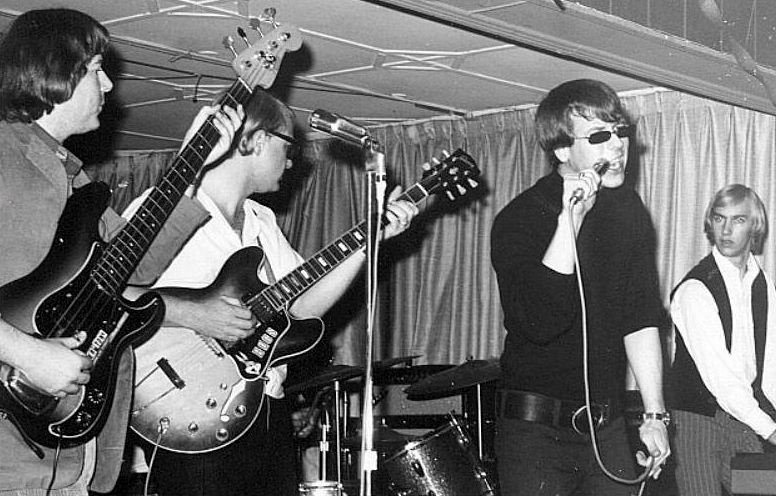There’s a genre of music you might describe as “underground,” meaning you won’t find it on Spotify, Apple Music, or even on the first YouTube search.
Buried deep into the music catalogues of the past and forgotten by collectors and connoisseurs comes “garage rock,” the progeny of the British Invasion of the 1960s.
Enamored by the popularity of English acts such as the Beatles, the Rolling Stones, the Hollies, the Zombies, and many more, American teenagers formed their own makeshift rock-n’-roll groups by the thousands. But contrary to the polished, slick sound of the great beat bands, garage songs were often recorded by amateur musicians with shoddy equipment and strange, nonsensical songwriting known as “anti-lyrics.”
Despite the sheer number of these groups, very few songs were actually recorded and virtually no information was saved. The genre died out around the late ’60s, but thanks to YouTube uploaders and compilation albums, plenty of songs can still be heard.
As an archivist myself, I’ve put together a list of my top ten favorite garage songs for listening.
10. “I Know” was recorded in 1966 by the Illusions, who were mostly remembered for having terrible management and their own television show, Let’s Go.
9. The Forsaken’s “Babe,” recorded in 1966, is of dubious quality and unintelligible lyrics, but it’s hard to say no to those harmonies.
8. “Hello, My Darling” by the Hickory-Stix (1964) is an early example of garage, boasting a voice smooth as honey and a gorgeous instrumental.
7. Bobby and the Farraris’ “In the Morning” (1965) is an exemplary piece of Massachusetts gold with the booming vibrato of its lead singer.
6. “I Know Different” was recorded in 1966 by the Troyes, who were successful enough to have their own album of original songs called Rainbow Chaser.
5. The Rites of Spring’s “Why (?)” was recorded in 1966 with chipper bell sounds alongside a typical garage instrument, the organ Farfisa.
4. “Ode to the Wind” by Danny and the Counts in 1966 is one of the most well-known singles in the genre and a great example of one of the many garage groups from El Paso, Texas.
3. The Excels’ 1965 “It Isn’t So” is the lyrical embodiment of a summer night with a xylophone and harmonica to match.
2. “Everything is Blue” by the Mad Lads in 1967 has relatively nonsensical lyrics about general teenage heartache. It is redeemed by a great instrumental and exquisite harmonies.
1. “Come with Me,” recorded by the Barons in 1966, has its first and only appearance on a comp album called Lost Souls. Hardly anything is known about the group itself except that they were most likely from Arkansas. Still, it is my favorite garage song to date.
These are just ten out of the thousands of garage songs ever recorded, but maybe you’ll find one you like! Good luck, and happy listening!




